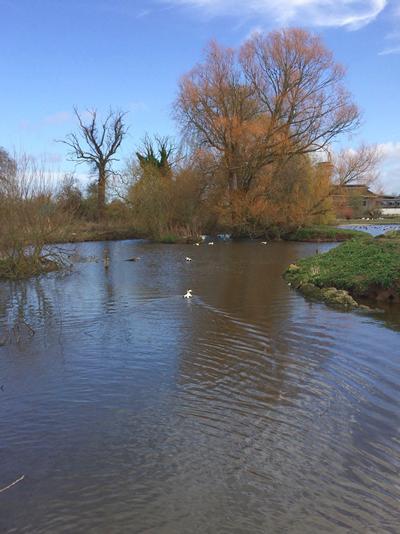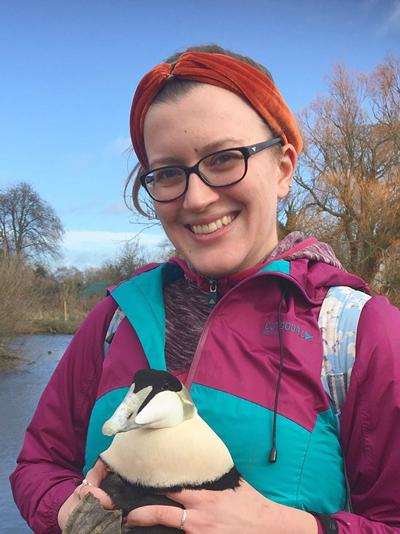COMPADRE will create a comprehensive, open-access database of plant and animal demographic information that will be useful to researchers, educators, and conservation managers. No such centralized repository currently exists, although biologists have been collecting data on the rates with which individuals survive, grow, and reproduce for many decades, and from tens of thousands of populations around the world. These fundamental biological data can inform a range of scientific research within and outside of the field of biology, including understanding why certain populations go extinct or become invasive, and predicting how species may respond to anthropogenic pressures and global change. By developing a single, standardized platform for storing and analyzing these demographic data, this project will yield an important resource for a range of users. This work, funded by NSF clause involves developing a robust relational database management system for MPMs, building upon existing efforts by an international team of demographic experts and data users on the COMPADRE Plant Matrix Database and COMADRE Animal Matrix Database. The team will create a publicly accessible interface to facilitate data usage and enable researchers to directly contribute their MPM datasets through a standardized data entry portal.
The results of this project can be found on the Compadre website.
At Southampton, we focussed on expanding the taxonomic remit to include human population projection matrices. COMADRE contains population matrix models for a wide range of species, but until now had relatively few pertaining to a particularly widespread and important animal: Homo sapiens. Prior to the most recent update, the database held 26 human matrices, from 14 countries across 6 continents – not a bad geographical range, but temporally representing only 20 years from 1965. These matrices correspond to a subset of those presented in Keyfitz & Flieger’s (1990) atlas: ‘World Population Growth and Aging: Demographic Trends in the Late Twentieth Century’ – which, along with the two preceding volumes, has been fully digitised as part of a Wellcome Trust funded project to Ezard.
The next COMADRE update will include a further 1,120 human matrices, developed in our paper ‘Inferring transient dynamics of human populations from matrix non-normality’. We used Eurostat data to add a further 40 European countries to the previously represented Bulgaria and Netherlands, and more than doubled the temporal range, with 6 countries each providing 55 consecutive years of data from 1960 to 2014.
Principal Investigator & Supervisors:
Visit the Compadre website. Chiefly Roberto Salguero Gomez (University of Oxford) as Co-ordinator and Judy Che-Castaldo (Lincoln Park Zoo).
Funding provider:
Wellcome Trust
NSF
Funding dates:
August 2017 – August 2020.
Ezard is a member of the science/core committee for the COMPADRE & COMADRE database project to create an open-access database of matrix population models for both animals and plants from all over the world to facilitate its usage for scientific and teaching purposes. These databases are a repository of demographic data from (mostly) published literature. As the number of published matrix population models (MPMs) grows, so do the opportunities to ask exciting questions about plant and animal demography, ecology, and evolution at a global and cross-taxonomic scale. The underlying motivation behind COMPADRE and COMADRE is to facilitate this research by collecting, digitizing, and archiving MPMs at a central repository in a standardized format.



